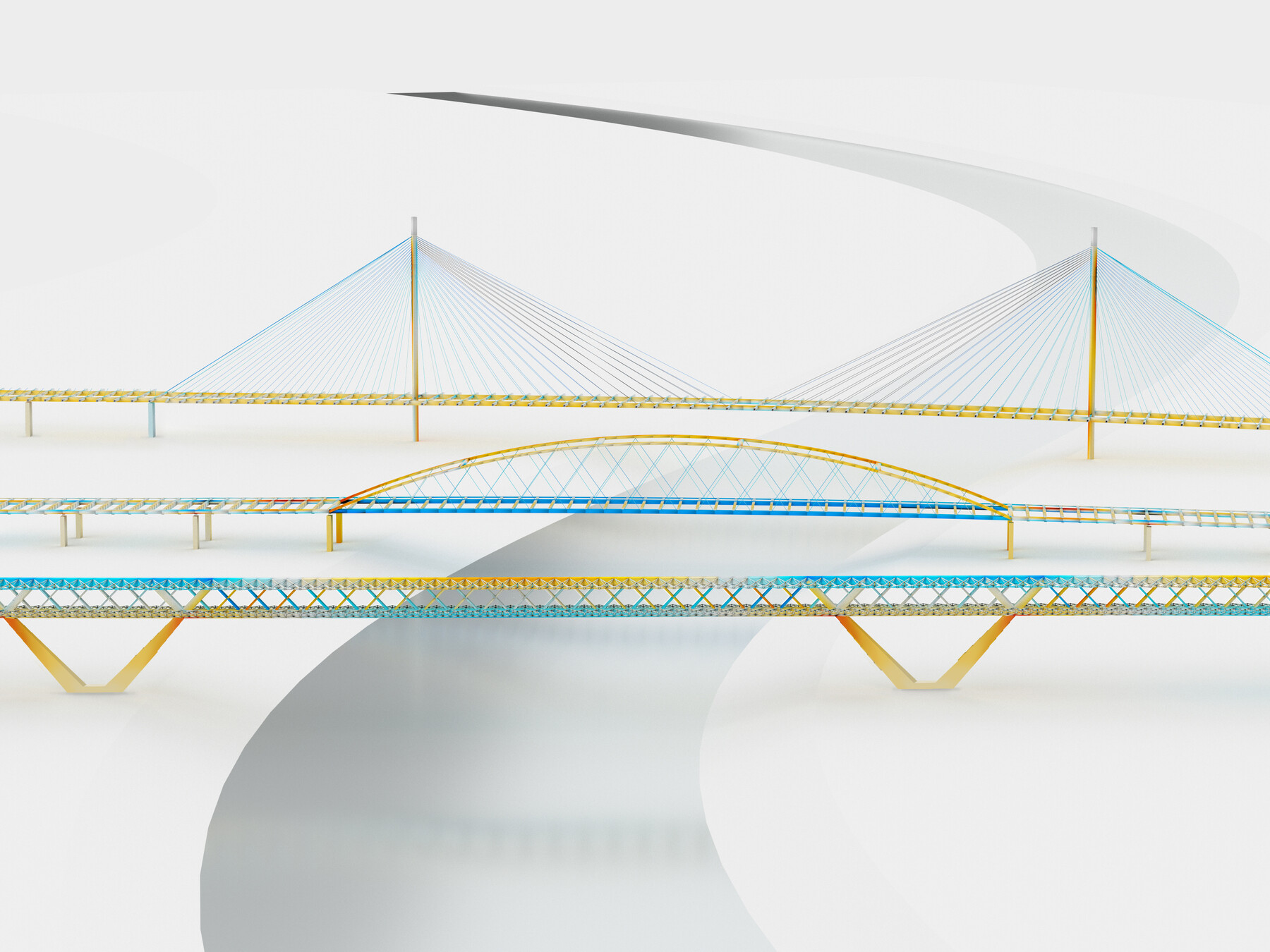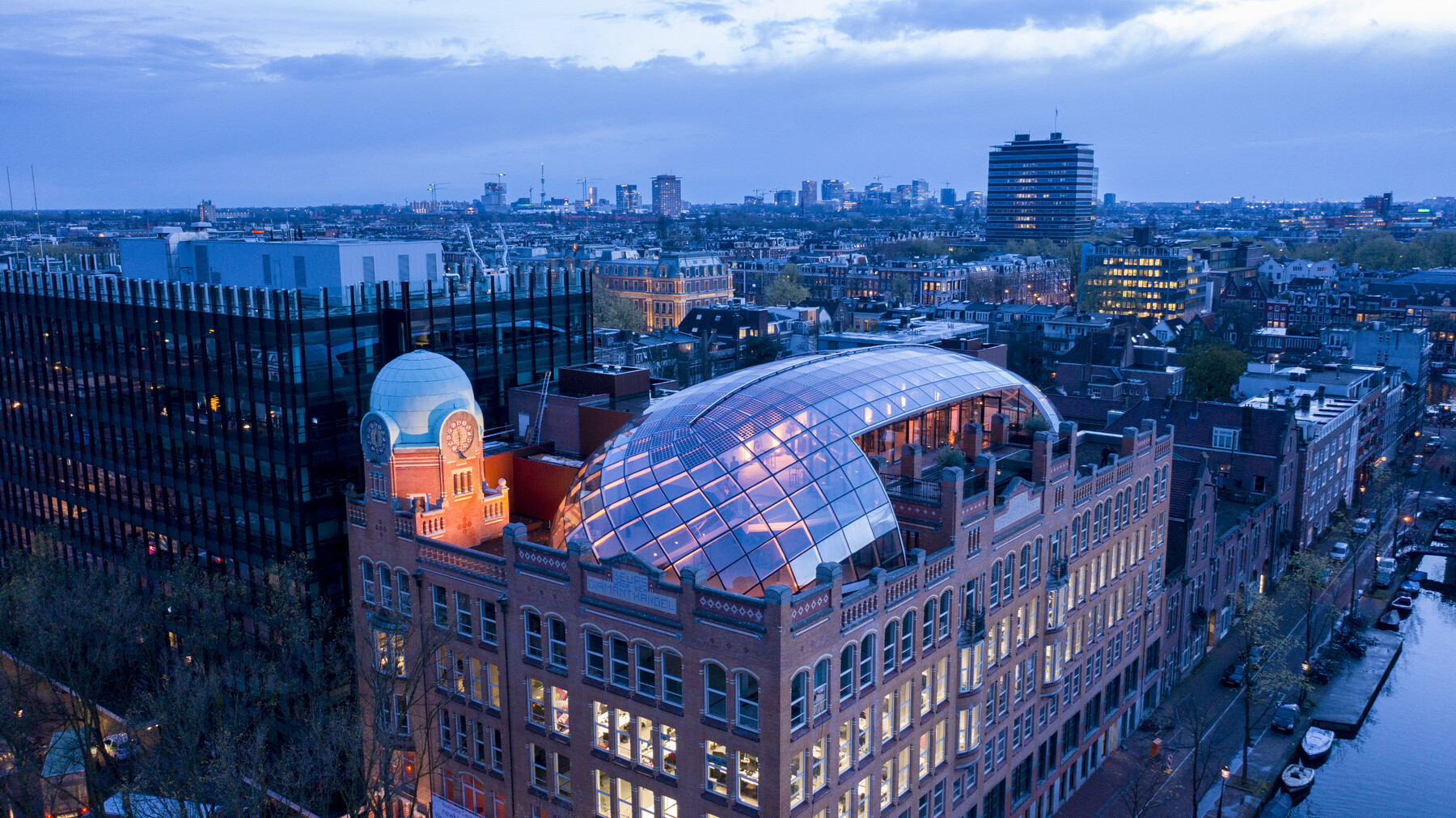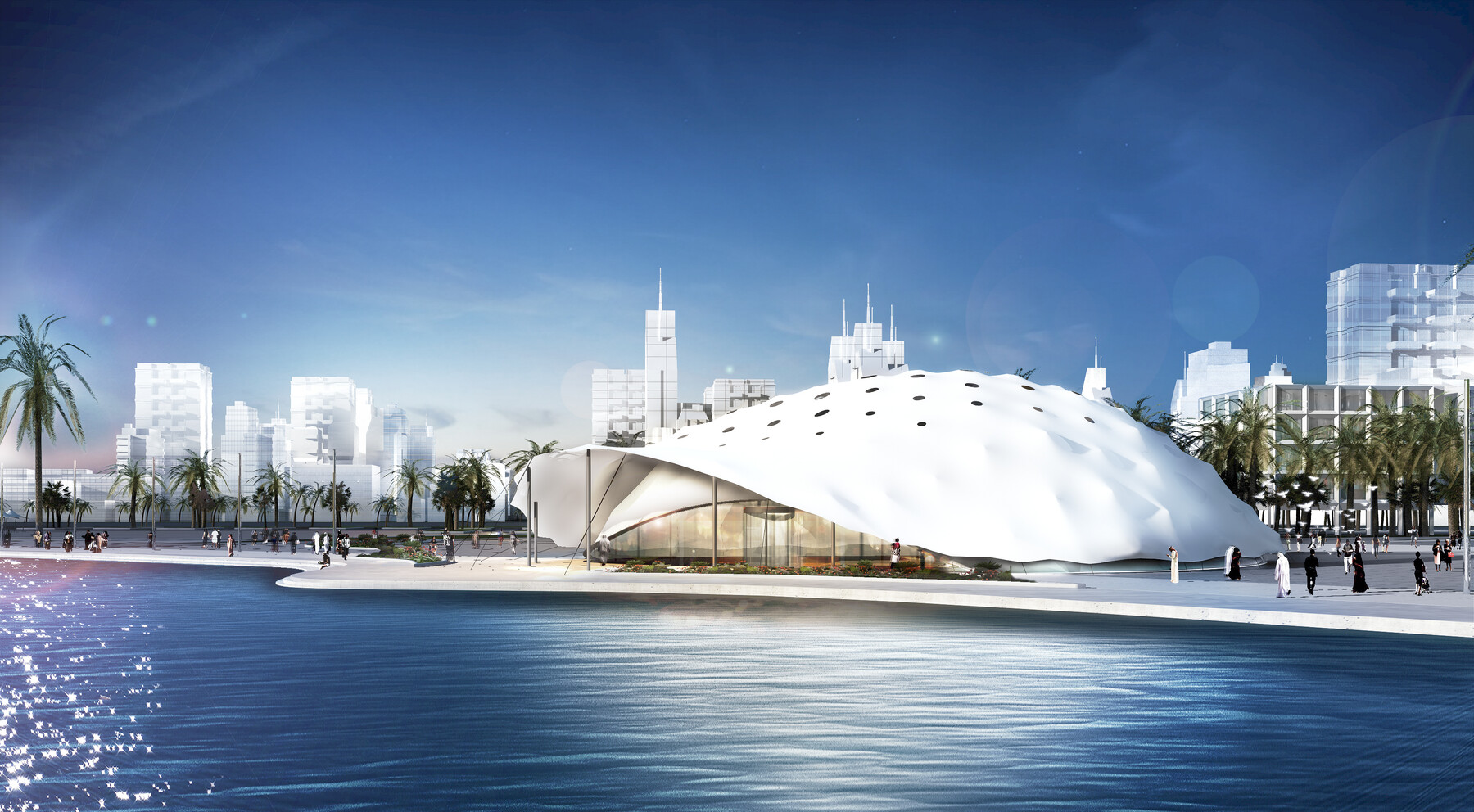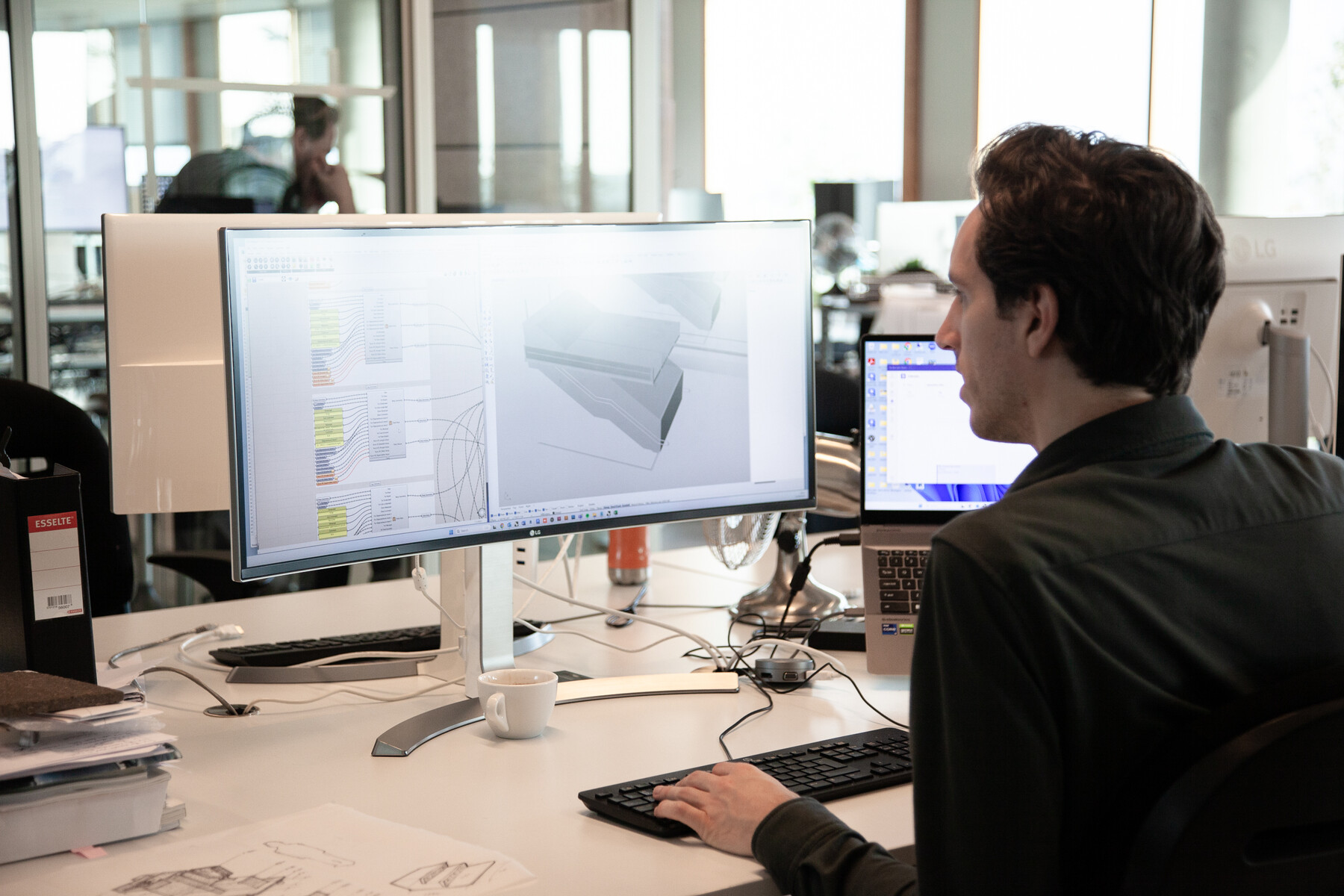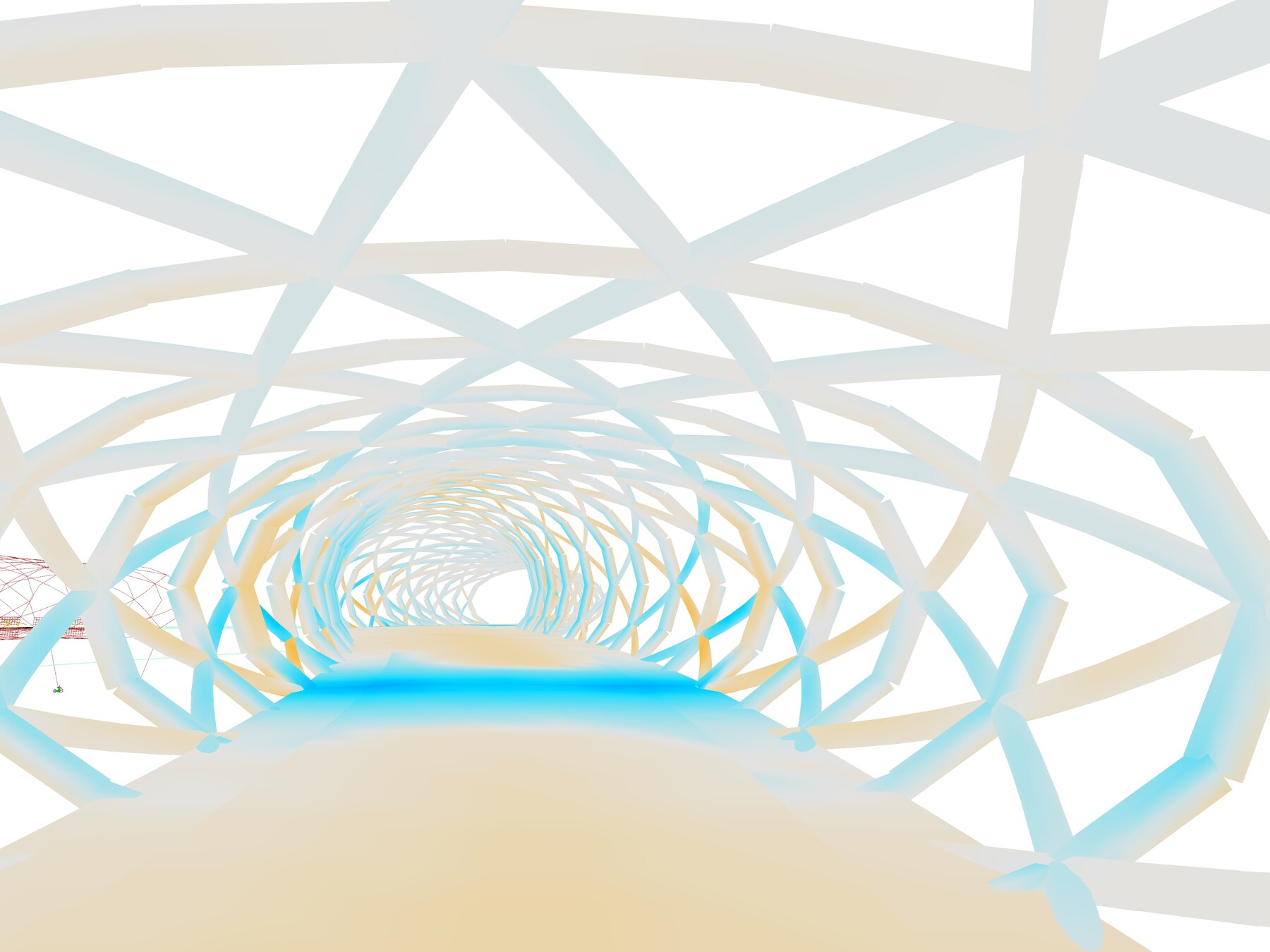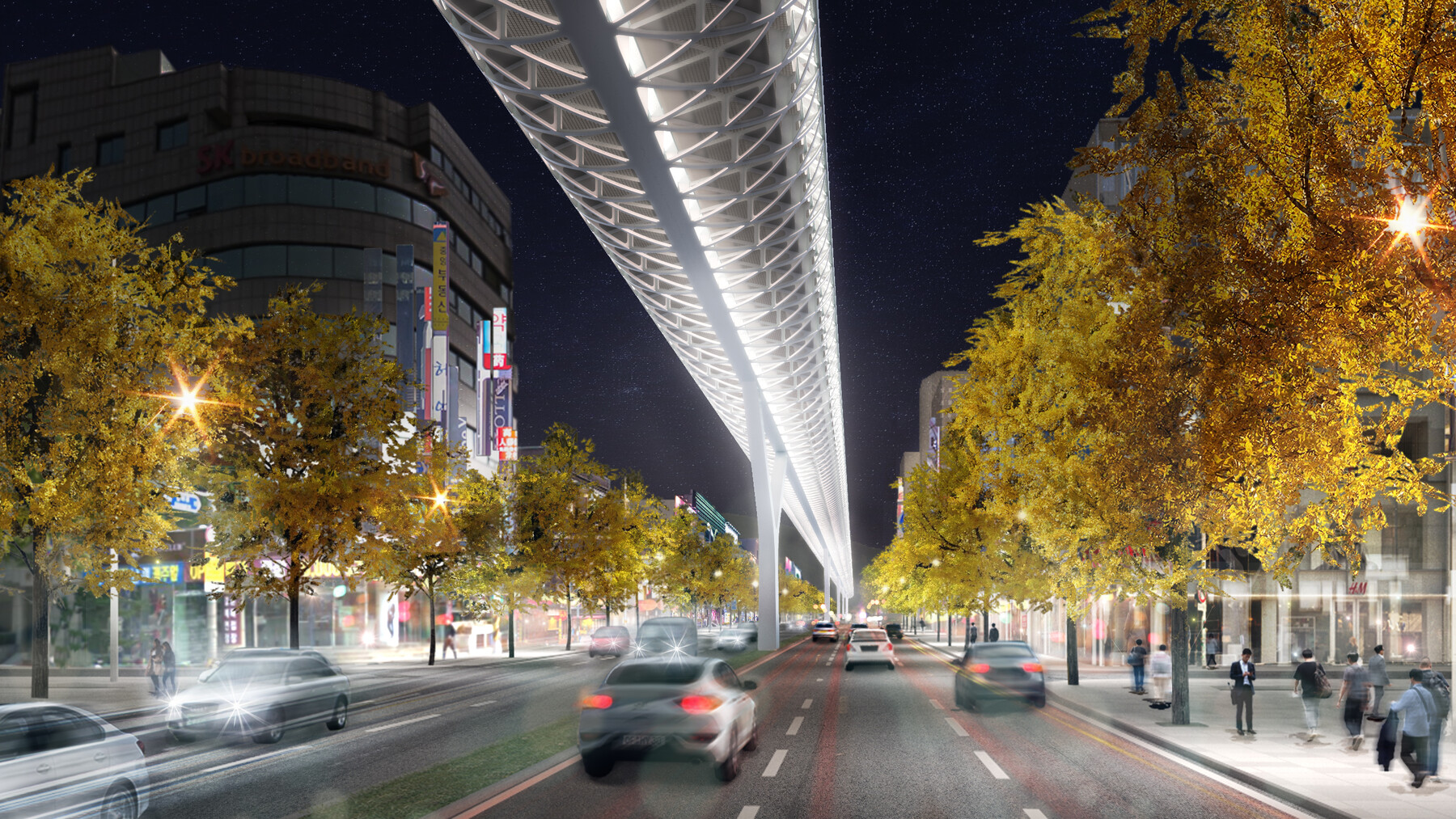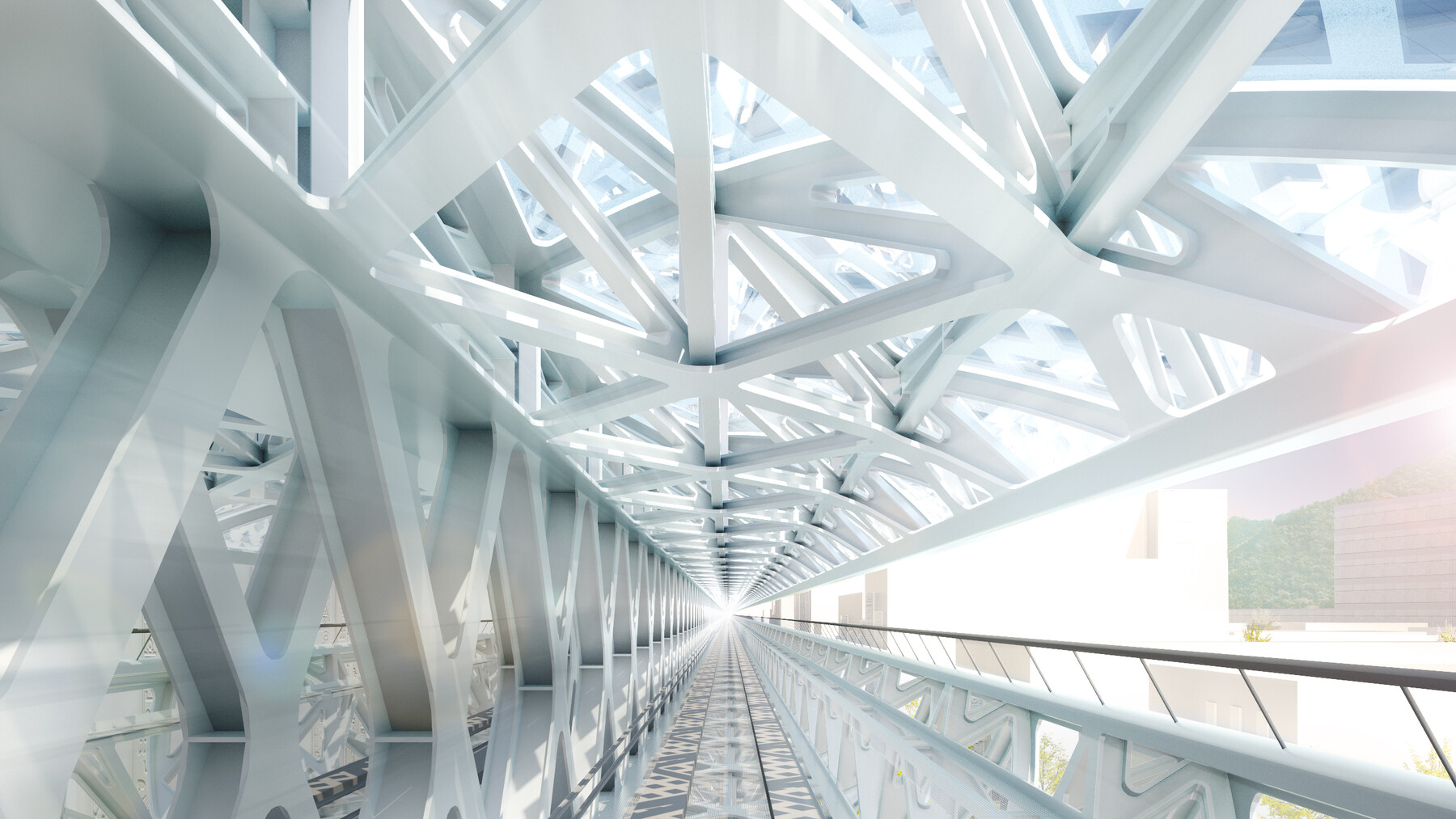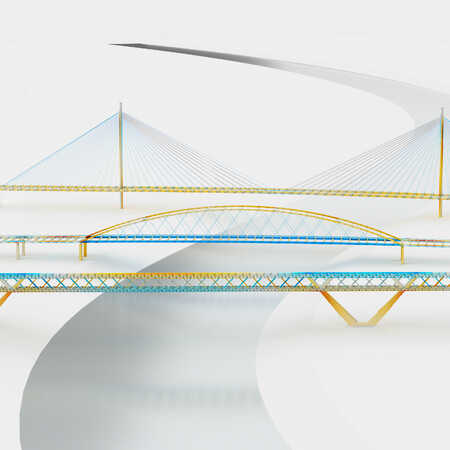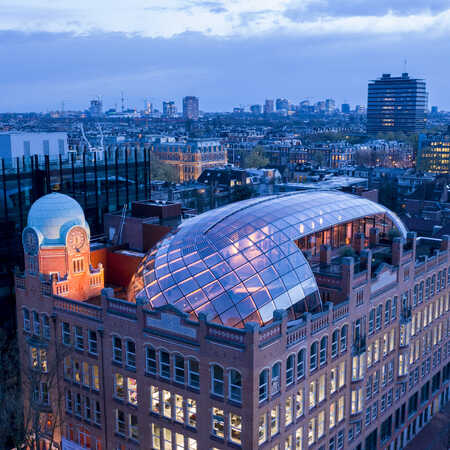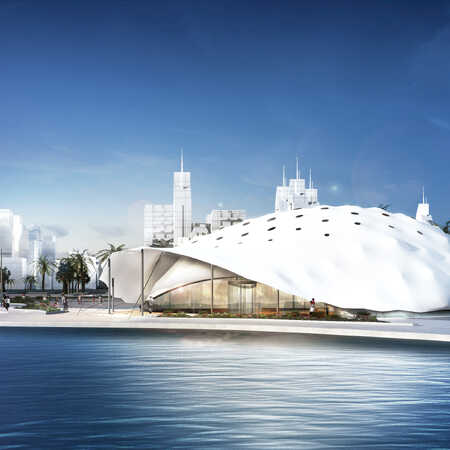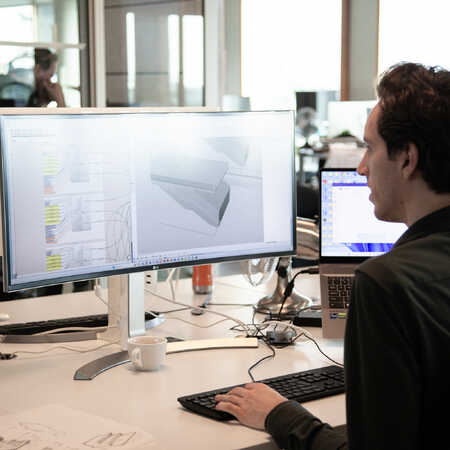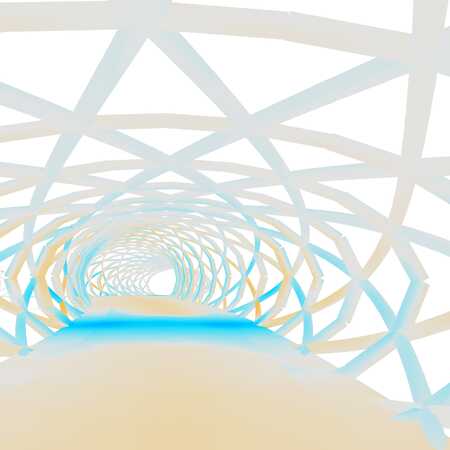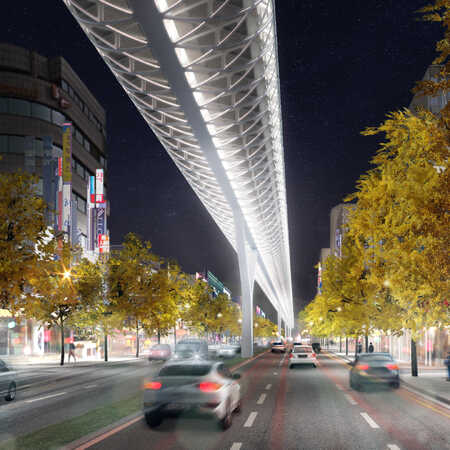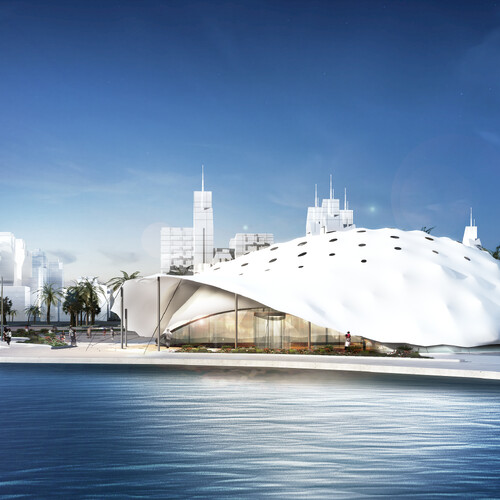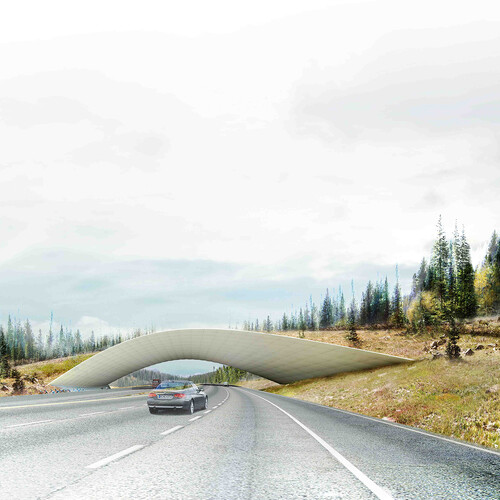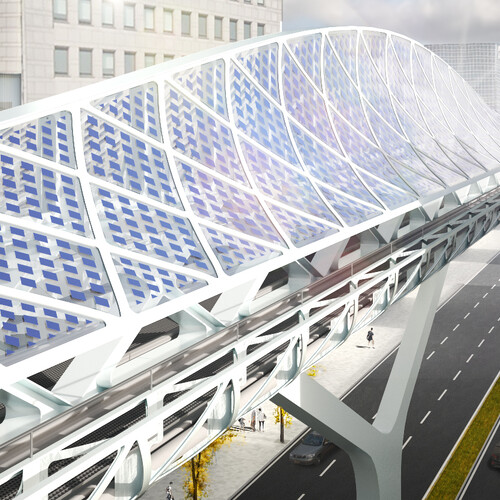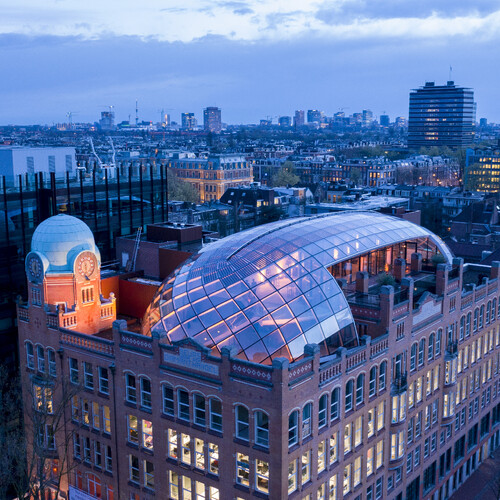An old dream
For ZJA, therefore, collaboration with structural designers is not just a natural consequence of its own design process but something that takes place during the initial research phase and is seen in the very earliest sketches. That organic relationship between the two aspects also contributes to the pursuit of circularity and of innovative and climate-conscious designs.
It is an old dream at ZJA to be able to develop, when working on a new bridge, for example, its own structural design as well as an architectural design. With the setting up of ZJA-Structural, a start has been made on integrating, step by step, the research already done with that in mind into daily design practice for all the projects in which ZJA becomes involved.
